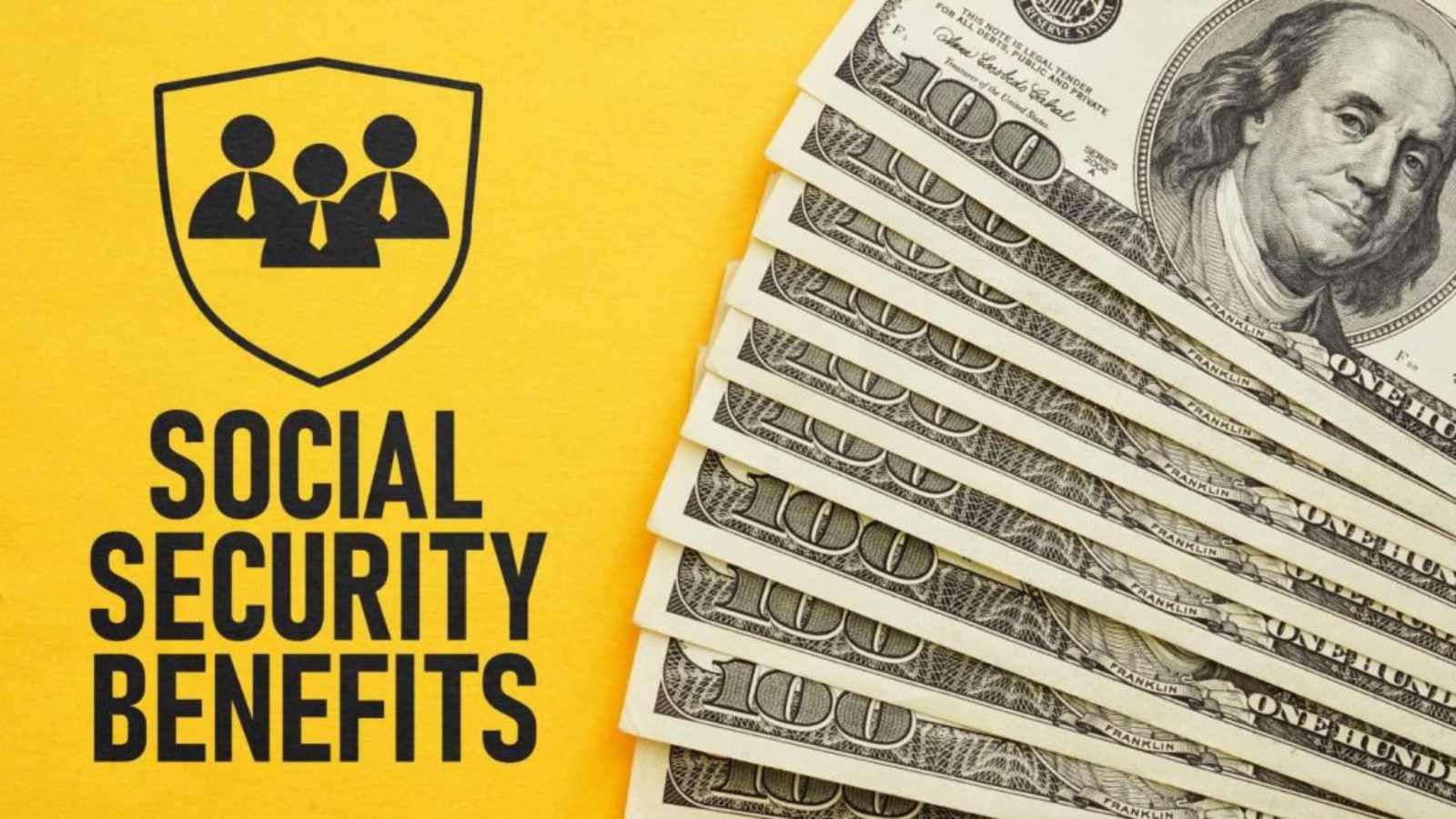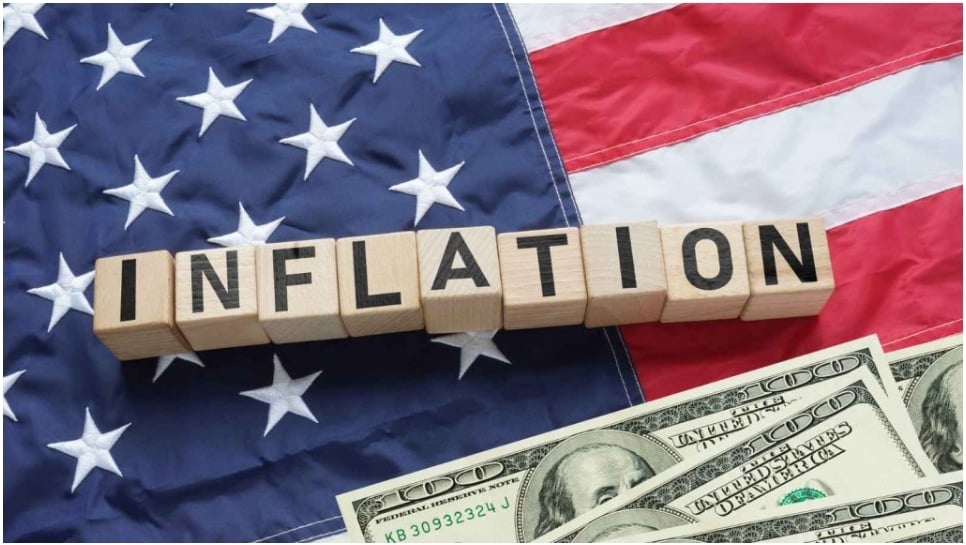Picture the golden years: leisurely mornings, travel holidays, and financial freedom after decades of hard graft. For all of their professional lives, baby boomers have assumed the dream would come to fruition — but the retirement world has transformed beneath them.
Recent studies also indicate that 45% of Baby Boomers feel financially ready for retirement. The harsh truth? Many Boomers are finding retirement doesn’t resemble the tranquil, carefree lifestyle they had imagined. These 12 sobering truths are compelling Boomers to confront uncomfortable facts about their retirement years and redefine what it means to age in America.
Healthcare Costs Are Devouring Retirement Benefits

Health care costs are the top retirement budget buster for Baby Boomers. Fidelity estimates that the typical 65-year-old couple will spend $315,000 in total health care costs throughout retirement. Medicare accounts for most of health-care spending, which means that it sticks retirees with large out-of-pocket bills that most never expected to pay. Heavy health threats can cause many Boomers to see their decades of responsible saving almost vanish overnight.
The Shocking Truth: Social Security Pays Far Less Than You Expected

Social Security income barely makes a dent in supporting the financial base most Boomers anticipated. The average monthly benefit of $1,905 replaces only 40% of pre-retirement income for middle-income earners. Financial advisors suggest that retirees should aim to have 70-80% of their pre-retirement income to live comfortably, which represents a significant shortfall that personal savings must fulfill.
It’s even worse when you look at the fact that Social Security is on the chopping block. The Social Security Trustees report that unless Congress acts, benefits could be cut as soon as 2034.
Housing Outlays Leap Far Beyond Estimate

Housing costs, which amount to roughly $1,268/month, represent a greater share of retiree budgets than Boomers expected. Property taxes have grown about 2% per year over the past decade, and that’s a faster clip than what Social Security’s cost-of-living adjustments have been. Boomers who intend to age in place in their homes will also learn that they can’t afford the costs of maintenance, heating, cooling, and taxes.
Downsizing has become an increasingly popular way for retirees to manage rising costs. Yet even small homes or rental units can be more pricey than expected, making affordability a constant struggle.
Pension Plans Have Largely Disappeared

Transitioning from defined benefit pensions to 401(k) plans has left many Baby Boomers woefully unprepared for retirement. Traditional pension plans were available to only 33% of private sector workers. This dramatic shift in retirement funding transferred investment risk from employers to employees, many of whom were not financially savvy enough to manage their retirement investments successfully. Traditional pensions offered a guaranteed monthly income for life, whereas 401(k) plans rely on the market’s fluctuations and the amount an employee chooses to contribute.
Inflation Has Eroded Fixed Incomes

In the retirees-in-earnest group, inflation has been especially damaging to fixed incomes. Several key items, such as food and energy, experienced even steeper increases. Food costs alone have increased by 21.7% since 2020, leaving many retirees to choose between healthy eating and other essential expenses. Furthermore, Social Security cost-of-living increases have fallen significantly behind the inflation that seniors actually face in reality.
Many Continue to Help Support Their Adult Children

The so-called “sandwich generation” syndrome continues into retirement years, with 27% of Boomers providing financial help to adult children aged 25 to 34. Rising student loan debt, the high cost of housing, and economic uncertainty have led to a generation of adult children who still rely on their parents’ financial support. This unexpected cost is consuming retirement funds that Boomers had calculated would be available for their own needs.
Parent PLUS loans are a particular concern, with parents over 60 holding an average of $37,000 in educational debt to support their children’s college attendance.
Employment Opportunities Are Limited

Discrimination against older workers prevents many Baby Boomers from contributing to their retirement savings by taking on new jobs. Those aged 50 and older are unemployed for a long time, while 52% younger workers, on average, take a shorter time to find a job. The gig economy offers some alternatives, but jobs are often lacking benefits, and income is unpredictable.
Investment Losses Have Depleted Savings

Boomers’ retiree accounts have been hammered by the market instability, even before factoring in the market timing of their final exit dates. The financial meltdown of 2008 deflated the boomers’ average 401(k) balance by 24.3%, and many never had the chance to recoup those losses before retiring. Market turmoil in recent months has only served to exacerbate that insecurity, as retirees rely on investment income, particularly for early retirees who need to draw income during downturns.
Technology Changes Create Daily Challenges

Baby Boomers are struggling to keep pace with the rapid advancements in technology when it comes to managing their money and daily lives. Online banking, digital bill pay, and smartphone apps have become increasingly indispensable tools, but 31% of Americans over 65 express discomfort with digital technology as a means of conducting financial transactions. That digital divide can result in missed opportunities for better interest rates, convenient services, and cost savings.
Banks, which dominate traditional banking, offer fees that are significantly cheaper than those of big banks. Banks are increasingly charging fees for paper statements, in-branch transactions, and telephone customer service that were once complimentary.
Taxes on Retirement Income

Many Boomers discover that retirement doesn’t mean they won’t have to pay as much as they thought. Social Security benefits are taxable when combined income surpasses $25,000 for individuals or $32,850 for married couples. Withdrawals from traditional 401(k)s and I.R.A.s are taxed as ordinary income, in many cases at levels higher than Boomers had expected.
State taxes on retirement income can vary greatly, catching some retirees by surprise. Thirteen states tax Social Security benefits, and many states tax pension income and retirement account withdrawals.
Public Health Price of Mental Health Costs

Approximately 34% of America’s seniors are affected by social isolation, resulting in mental health issues and taking a toll on the overall health and health care costs for seniors. Loneliness can cause depression and anxiety that may need to be treated, especially when combined with being isolated at work, mobility issues, and health issues. Mental health services can also result in out-of-pocket costs that strain retirement budgets.
Their Credit Card Debt Follows Them Into Retirement

Despite that, 60% of Boomers actually maintain credit card debt into retirement, and the average balance is more than $6,600. Debt repayment is tough with fixed retirement incomes, not the least because the national average for credit card interest was 20.7% last year. Many Boomers borrowed on credit cards to make up shortfalls between expenses and income during their final working years, leaving debt that carries into retirement.
Key Takeaways

It’s this level of blunt truth for the baby boomers that should act as a wake-up call to the next generations who are on the cusp of entering their “golden” years. The cost of healthcare, the expense of housing, and the erosion of traditional pensions have radically altered the retirement landscape in ways few anticipated. The spread between what Social Security provides and what real life costs are just not going to go away, so it has to be a personal issue of planning, saving, and investing.
Technological walls and social quarantine introduce new challenges that impact the quality of life as well as an individual’s financial means. Above all, though, these experiences serve as a reminder of why retirement planning should be more comprehensive and take into consideration the impact of inflation, healthcare expenses, and even the possibility that the earning spouse may need to support family members deep into the golden years.
Disclaimer – This list is solely the author’s opinion based on research and publicly available information. It is not intended to be professional advice.
16 Grocery Staples to Stock Up On Before Prices Spike Again

16 Grocery Staples to Stock Up On Before Prices Spike Again
I was in the grocery store the other day, and it hit me—I’m buying the exact same things I always do, but my bill just keeps getting higher. Like, I swear I just blinked, and suddenly eggs are a luxury item. What’s going on?
Inflation, supply-chain delays, and erratic weather conditions have modestly (or, let’s face it, dramatically) pushed the prices of staples ever higher. The USDA reports that food prices climbed an additional 2.9% year over year in May 2025—and that’s after the inflation storm of 2022–2023.
So, if you’ve got room in a pantry, freezer, or even a couple of extra shelves, now might be a good moment to stock up on these staple groceries—before the prices rise later.
6 Gas Station Chains With Food So Good It’s Worth Driving Out Of Your Way For

6 Gas Station Chains With Food So Good It’s Worth Driving Out Of Your Way For
We scoured the Internet to see what people had to say about gas station food. If you think the only things available are wrinkled hot dogs of indeterminate age and day-glow slushies, we’ve got great, tasty news for you. Whether it ends up being part of a regular routine or your only resource on a long car trip, we have the food info you need.
Let’s look at 6 gas stations that folks can’t get enough of and see what they have for you to eat.




